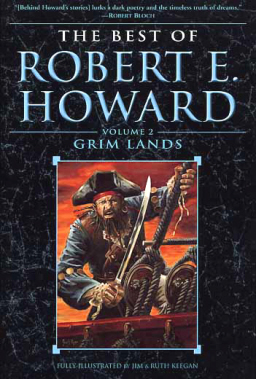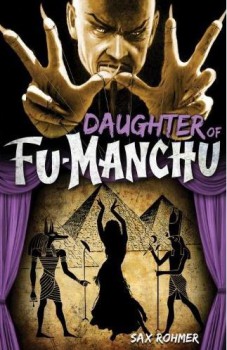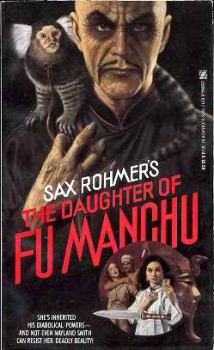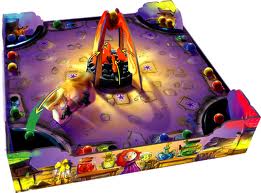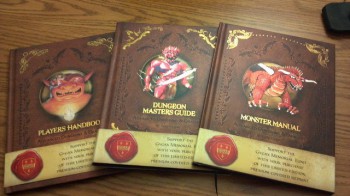Art of the Genre: The Art of Robotech and a lifelong affair with Giant Robots

There was this time in my misty past, well before that advent of cable television in my home, when I didn’t have access to giant robots. During those dark days of the 1970s, when I was sick and had to stay home from school, my mother would drive me early in the morning to my grandmother’s trailer before she had to go to work. It was there, snuggled on an old floral patterned couch, that for at least an hour each day I achieved a moment of pure heaven.
I can well remember the incredible color of her small television as it displayed Star Blazers and Thunderbirds cartoons in those wee hours of weekday mornings. God, how it made being sick SO worth it, and during those episodes I grew to love space even more than I did when I watched Star Wars.
Fast forward to 1986, cable having found its way to my household as well as a wonder of wonders in a new piece of technology called a VCR. My oldest friend Mark (then a new friend), having just introduced me to Dungeons & Dragons, told me that there was this program on at 7 AM each morning called Robotech and I ‘had to watch it.’
Where Star Blazers began as a child’s infatuation, Robotech took things to the next level in a true love affair. I mean, I was just 15, couldn’t program a VCR (I mean who could, right?), and got my tired teenage butt up before 7 every day for a year so I could record every single episode personally.
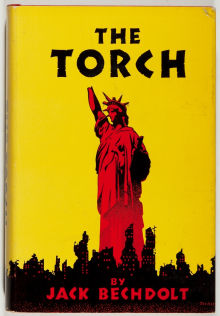
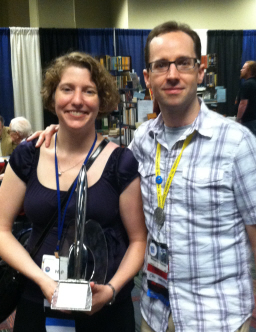
 This post is part of an ongoing series about fantasy and the literary movement called Romanticism, specifically, English Romanticism in the late eighteenth and early nineteenth centuries. The series began with
This post is part of an ongoing series about fantasy and the literary movement called Romanticism, specifically, English Romanticism in the late eighteenth and early nineteenth centuries. The series began with 